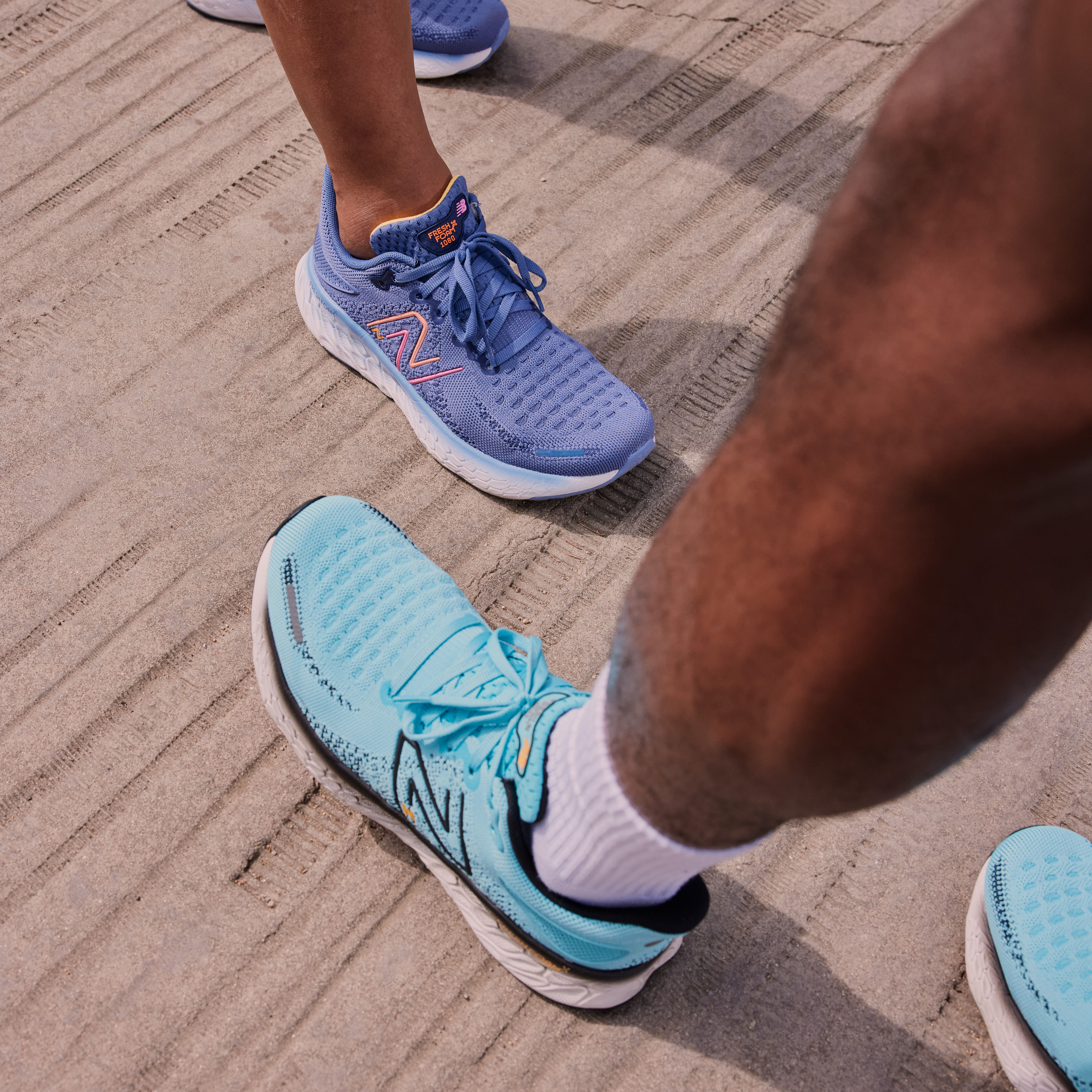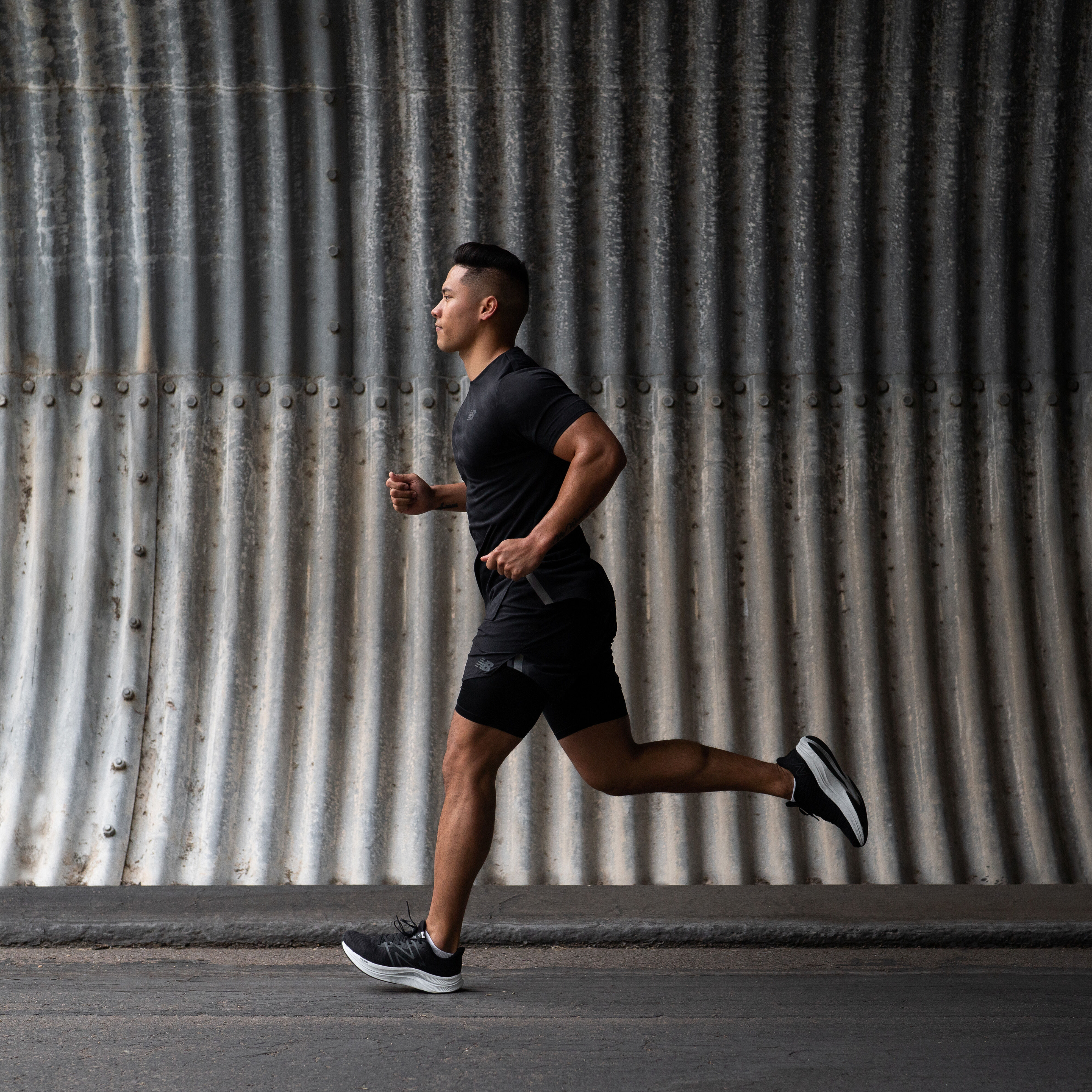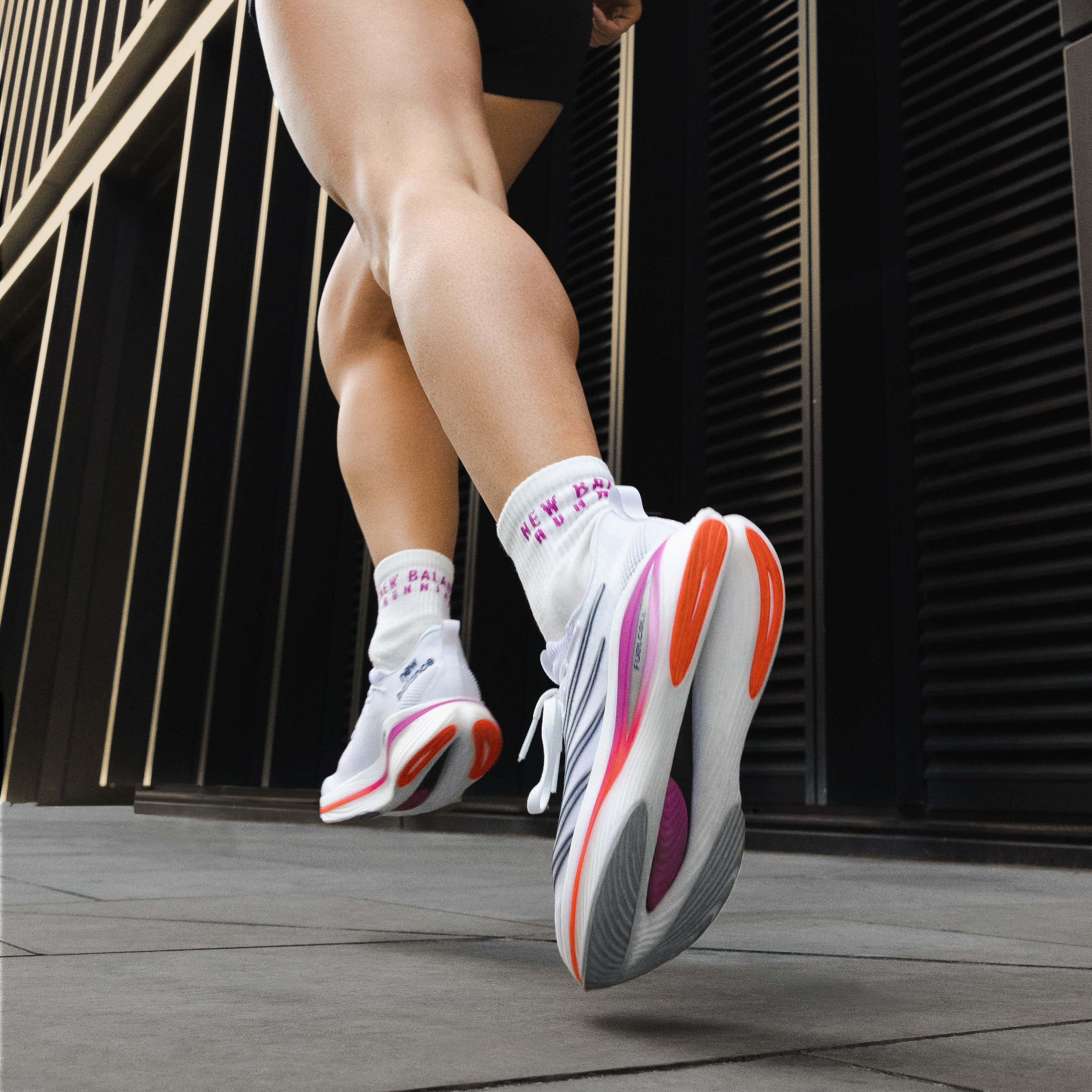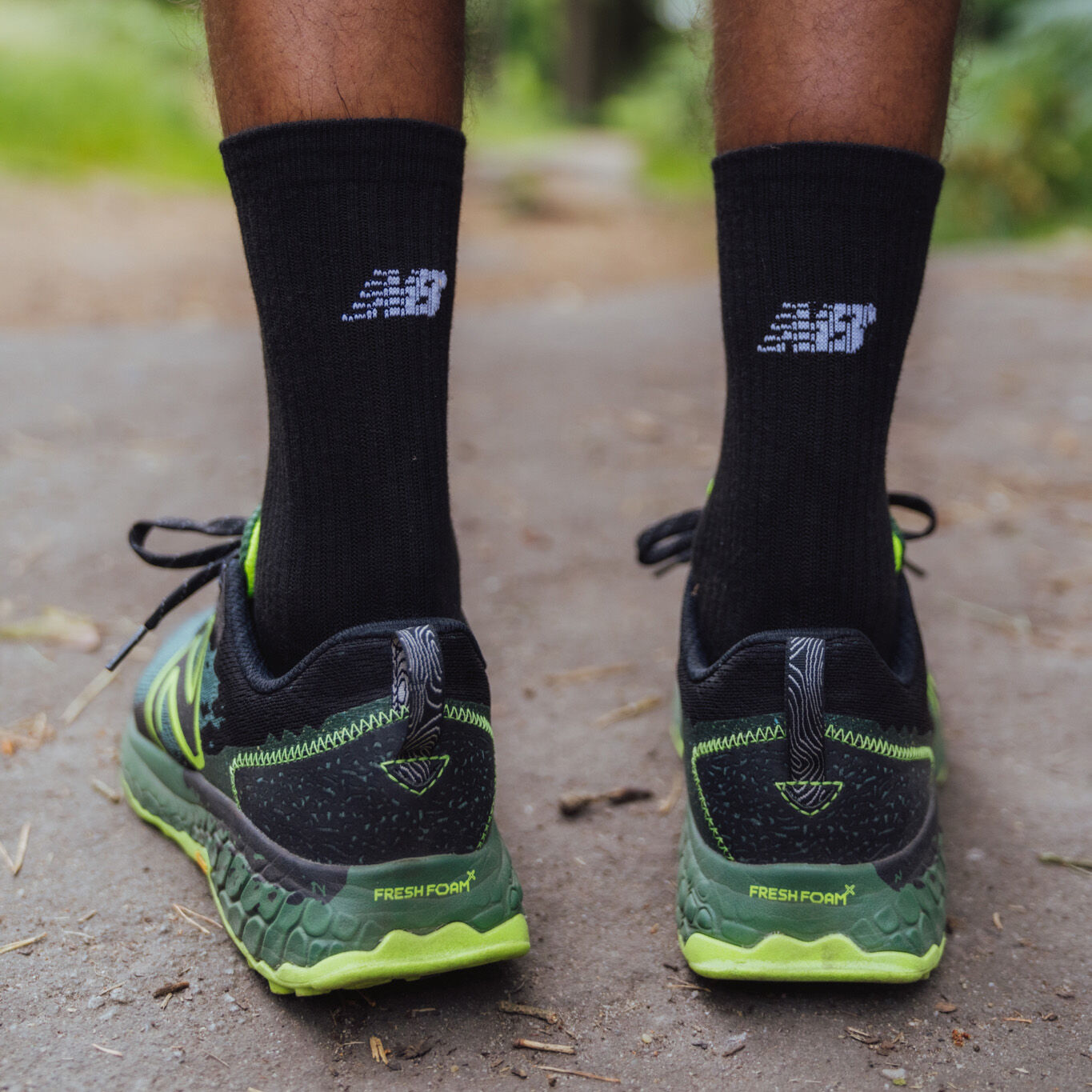
How long should running shoes last?
No matter how much we love a pair of running shoes, they won’t last forever. All the features that made them so comfortable and protective when they were new - shock absorption, cushioning, stability, and support - will deteriorate over time. How long they’ll last will depend on many things, including:
• Your running style - a runner with a neutral stride will get more miles out of their shoes than someone who overpronates or underpronates because the soles will wear evenly. Shoes with uneven wear will need to be replaced sooner.
• Your build - a heavier runner will wear down their shoes more quickly than a lighter runner.
• The environment in which you run - running on roads or rough terrain can cause the running shoe sole to wear down more quickly than if you run on grass or smooth trails. And regular exposure to wet or humid conditions can affect the structure of the shoe.
• What else you use the shoes for - if you wear your running shoes for non-running activities - going on errands, walking the dog, or other forms of exercise, for example - they’ll degrade quicker.
• The shoes themselves - lightweight minimalist shoes with less cushioning usually need to be replaced more often than ones with more cushioning.
How often should you change running shoes?
The general rule is that you should replace your running shoes every 300-500 miles. That’s a big range but as we’ve discussed, there are so many factors affecting how quickly your shoes wear out, that it’s not possible to be any more specific.
So how do you know when your miles are up? Firstly, remember to note down when you get a new pair of long-lasting trainers. Some runners find it helpful to write it in the shoes themselves. If you track your runs with a smartwatch or an app on your phone, you’ll be able to easily work out when you reach the
range of 300-500 miles. And if you don’t, you can estimate based on how far you run per week on average. So, for example, if you average 15 miles per week, then you’ll need to replace your shoes about every five to eight months.
We know this is not just about how many miles there are on your running shoes though, so once you reach the 300-mile mark, you can start to look for signs of wear - this is how you’ll really know when to change your running shoes.
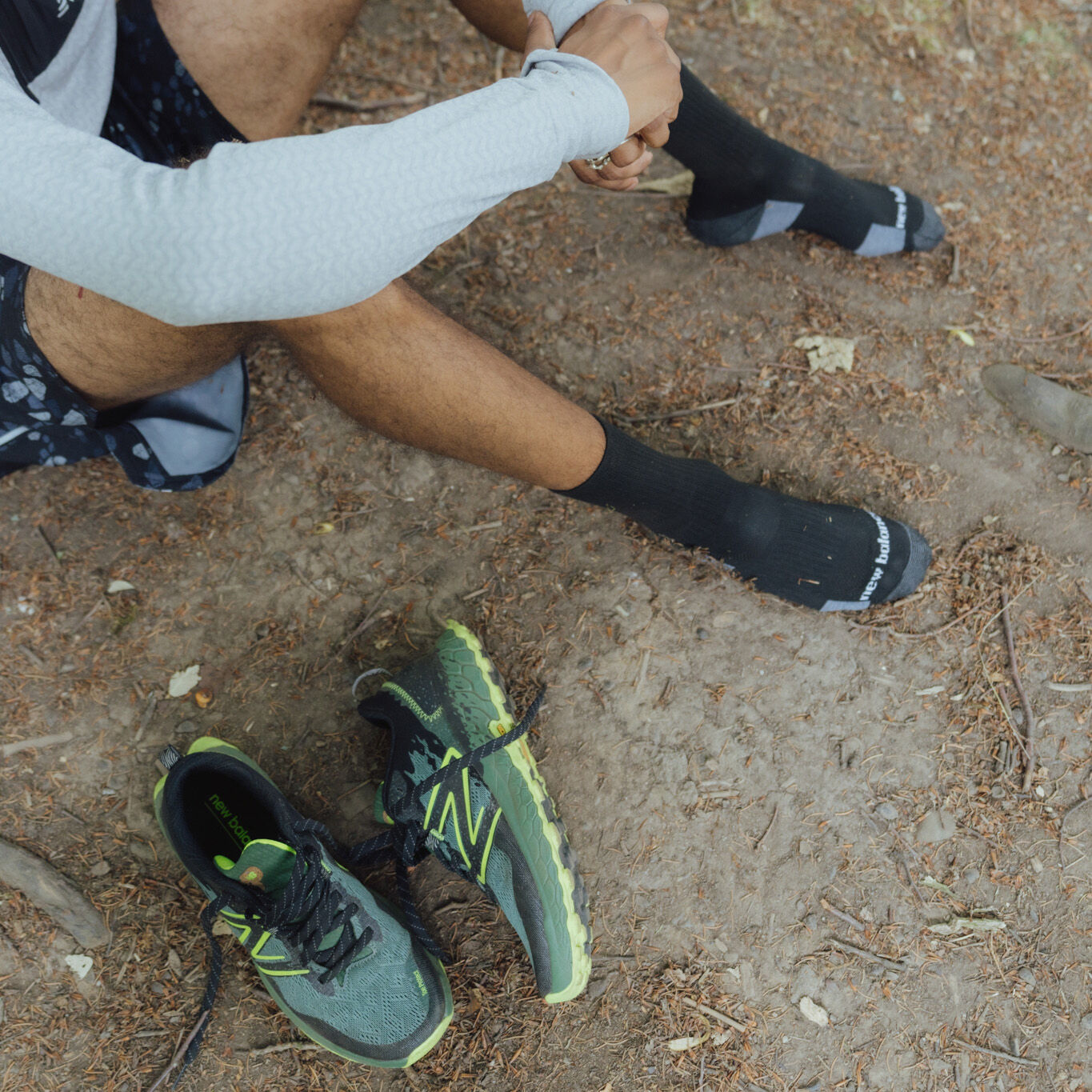
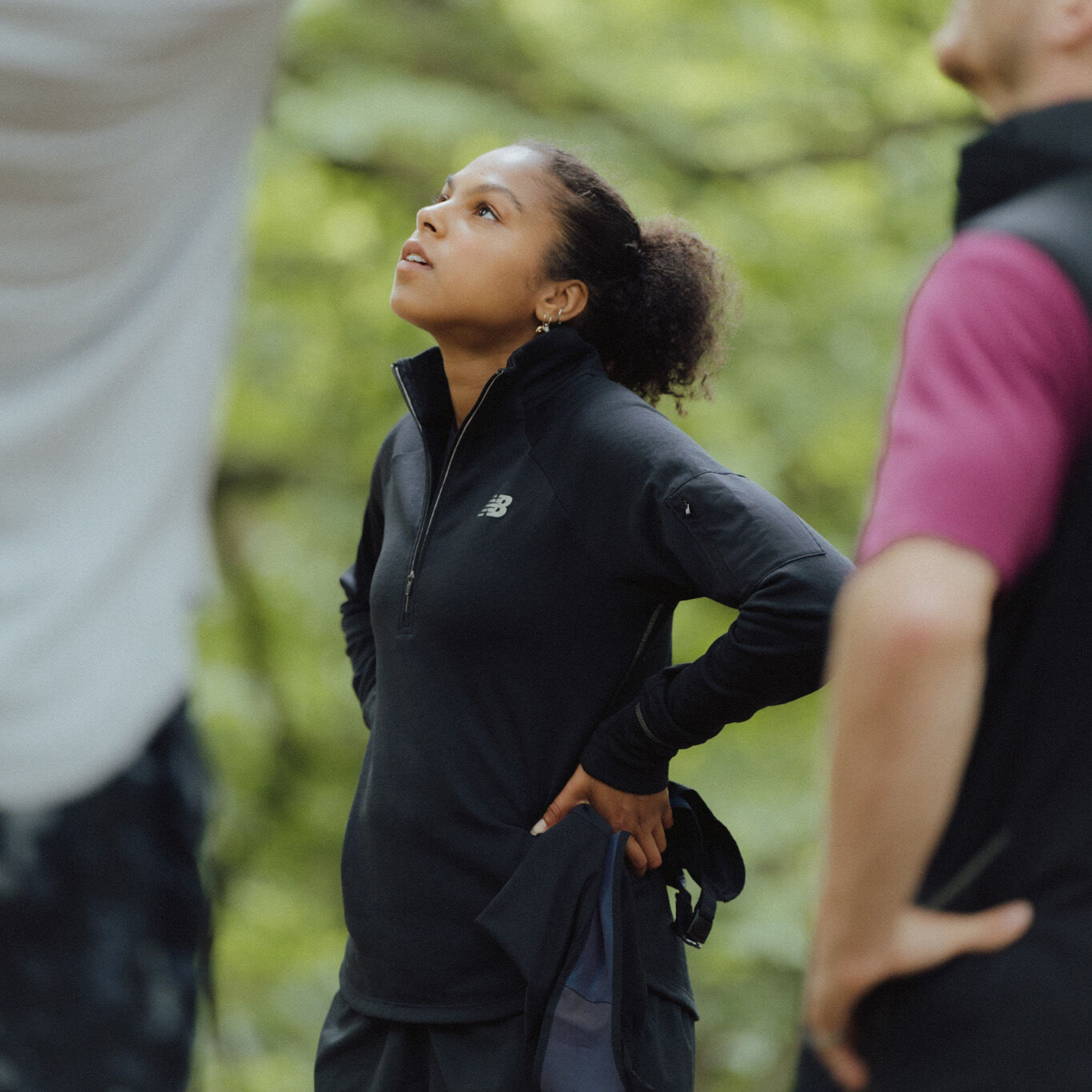
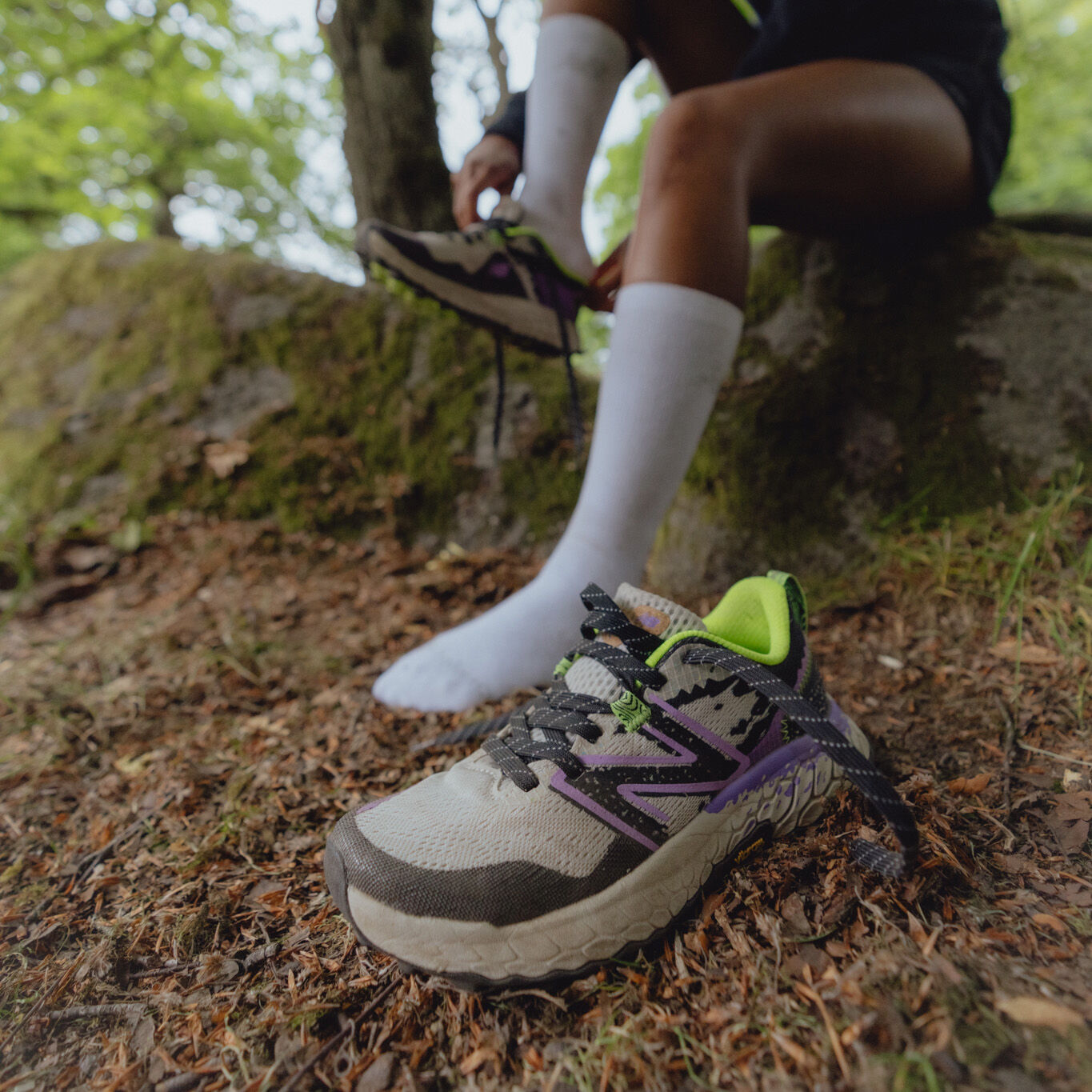
Signs your running shoes are worn out
To make sure you’re not training in shoes that are past their peak, you need to know how to tell if your running shoes are worn out. Here are some of the main things to look out for:
1. Wear on the soles
The outsole should last longer than the cushioning, so if the treads are worn out on the soles, you know it’s time for new running trainers. If the running shoe wear pattern is uneven, it can be a sign of asymmetries in your running gait. As parts of the sole become more worn, these asymmetries can become more accentuated, and you may unintentionally change your running stride to compensate. This can cause you to lose efficiency and could lead to worn-out-running-shoes injuries.
2.Loss of bounce
Over time, the midsole will degrade and become compressed from continuous impact. This means you’ll get less ‘bounce’ or ‘lift-off’ with each stride, so you’ll have to work harder to cover the same distance at the same pace. You might feel this in your body while you’re running, but as it happens gradually,
chances are you won’t. Try pressing a finger into the midsole, if it feels spongy, it still has cushioning. Another sign to look for is longitudinal creases in the midsole, particularly in high impact areas like the ball of the foot or the heel.
3.Wear and tear of the upper
If you’ve worn through the toe box, or there’s rips or holes in the upper, these are obvious signs that your old running shoes are past their best. But also look out for signs that they’re losing their structural integrity. Does the upper feel looser? Has the heel counter become more mobile? Or are the sides collapsing in? Structural degradation means that the shoe is no longer complementing the structure of your foot as you run.
4.Aches and pains
New, unexplained pain in your feet, ankles, knees, or hips after a run can mean that the cushioning in your shoes is worn down, or that your shoes have become misshapen and no longer fit your feet properly. The latter can also cause blisters or hot spots.
Make your running shoes last longer
Obviously, you don’t want to be running in shoes that are past their best, but there are ways to eke out a few extra miles. Here are our top tips to extend the life of your running shoes:
Rotate your running shoes
If you’re running more than three times a week, alternate between two or more different pairs of shoes. Running shoe rotation gives your shoes time to decompress and fully dry out between runs. And because your body is adapting to slight differences in the shoes, you’re less likely to develop muscle imbalances and injuries.
Only use your shoes for running
Running shoes aren’t designed for sideways movement, so other sports and workouts can wear them down much quicker. And if you’re wearing them
doing your day-to-day, you’re dramatically shortening their life - all those miles you walk in them count too.
Remove your shoes properly
Always undo the laces when take your running shoes off. Using the other foot to slip them off the back of your heel will break down the heel counter and overstretch your shoes.
Keep your shoes clean and dry
You wouldn’t leave your running clothing all muddy after a run, so why is it ok for your shoes? Give them a quick wipe down after every run, and if they need a wash, use a sponge and soapy water. Always allow them to air dry, never throw them in the drier or put them on the radiator.
What do you do with worn out running shoes?
First and foremost, avoid putting your old running shoes in the bin, they’ll just end up in landfill where they’ll take, on average, 30-40 years to decompose. Instead, why not:
• Repurpose - your shoes might be no good for running but they could be fine for walking, working in the garden, or doing DIY.
• Donate - there are charities that provide sports equipment to low-income individuals or that provide emergency clothing for those in need.
• Recycle - recycling running shoes is tricky because they’re made up of many different materials, however most local council recycling centres in the UK will accept them, and some national shoe stores have recycling programmes.
Now you know how often to replace your running shoes, you won’t have to worry about worn-out shoes affecting your performance and potentially causing injuries. If it’s time for new running shoes, it might also be time for new running socks, so check out our running accessories.

